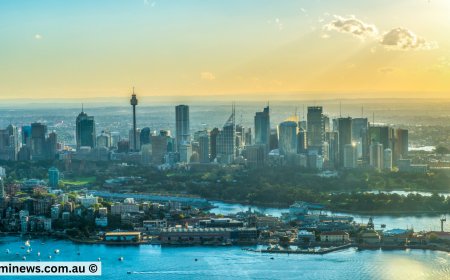Farrier Career and Immigration options for Australia
Farrier Inspects, trims and shapes horses hooves, and forms, fits and nails horseshoes.
Profile Title: Farrier Career and Immigration options for Australia
Alternative Title:Not Defined
ANZSCO Code: 322113 | Unit Code: 3221
Skill Level: Level 3 | Work Experience: 1 Years
Assessing Bodies: Trades Recognition Australia (TRA)
Skill Occupation List (SOL): STSOL
Specialization: Not Defined
Profile Description: Inspects, trims and shapes horses hooves, and forms, fits and nails horseshoes.
Job Duties:
- selecting metal stock for job requirements
- heating metal in forges and furnaces and hammering, punching and cutting metal using hand tools and machine presses
- tempering and hardening finished articles by quenching in oil or water baths or by cooling gradually in air
- preparing electrolytic and silver solutions for electroforming, and applying solution to the objects to be coated
- setting and adjusting controls to regulate electric current and depositing of coating on objects
- preparing horses hooves for shoeing, nailing horseshoes to hooves, and trimming hooves
- cutting, trimming, shaping and smoothing stock to form mould patterns
- filling boxes with sand and setting patterns in place, and pouring molten metal into moulds
- applying refractory paint and positioning cores in moulds
- finishing metal and articles by polishing and buffing and applying shellac, lacquer, paint and other finishes
Skill Level Description: Most occupations in this unit group have a level of skill commensurate with the qualifications and experience outlined below. In Australia: AQF Certificate III including at least two years of on-the-job training, or AQF Certificate IV (ANZSCO Skill Level 3) In New Zealand: NZ Register Level 4 qualification (ANZSCO Skill Level 3) At least three years of relevant experience may substitute for the formal qualifications listed above. In some instances relevant experience and/or on-the-job training may be required in addition to the formal qualification.
Available Visa Options (As on February 2024):
- 190 - Skilled Nominated (subclass 190)
- 407 - Training visa (subclass 407)
- 489 - Skilled Regional (Provisional) visa (subclass 489) - State or Territory nominated
- 482 - Temporary Skill Shortage visa (subclass 482) - Short Term Stream
- 187 - Regional Sponsor Migration Scheme (subclass 187)
- 494 - Skilled Employer Sponsored Regional (provisional) (subclass 494) - Employer sponsored stream
- 491 - Skilled Work Regional (provisional) visa (subclass 491) State or Territory nominated
Registration or Licensing: Not Required
Industries: Metal Casting, Forging & Finishing Trades are mainly employed in: Manufacturing; Agriculture, Forestry and Fishing; and Professional, Scientific and Technical Services
Education Profile: There are no educational attainment data available for this occupation.
Job Opening: Over the five years to November 2019, the number of job openings for Metal Casting, Forging & Finishing Trades is expected to be low (equal to or less than 5,000). Job openings count both employment growth and turnover (defined as workers leaving their occupation for other employment or leaving the workforce).
Age Group: The main age group is 35-44 years (34.8 per cent) and the median age is 45 years (compared to 40 years for all occupations).
Gender: Almost all Metal Casting, Forging & Finishing Trades are male and 87.0 per cent of Metal Casting, Forging & Finishing Trades work full time. Average weekly hours for full time workers are 34.9 (compared to 40.2 for all occupations).
Earning: In August 2014 (latest available data) weekly earnings full-time before tax (and not including employer superannuation) were $1,031 (compared to earnings for all occupations of $1,200).
Employment: Employment for this occupation fell slightly in the past five years and fell in the long-term (ten years). Looking forward, employment for Metal Casting, Forging & Finishing Trades to November 2020 is expected to decline.
What's Your Reaction?
 Like
0
Like
0
 Dislike
0
Dislike
0
 Love
0
Love
0
 Funny
0
Funny
0
 Angry
0
Angry
0
 Sad
0
Sad
0
 Wow
0
Wow
0









































































































